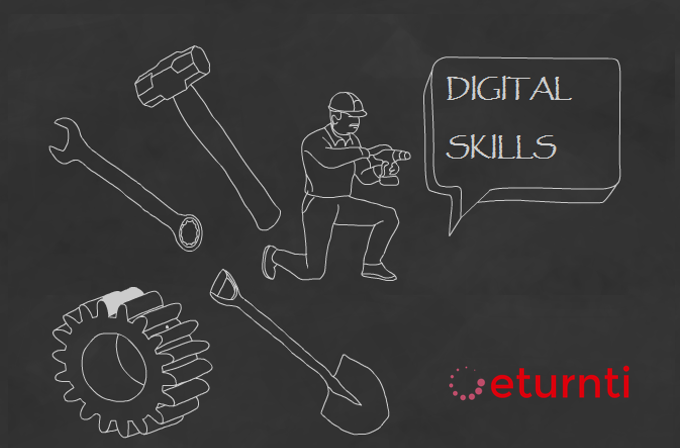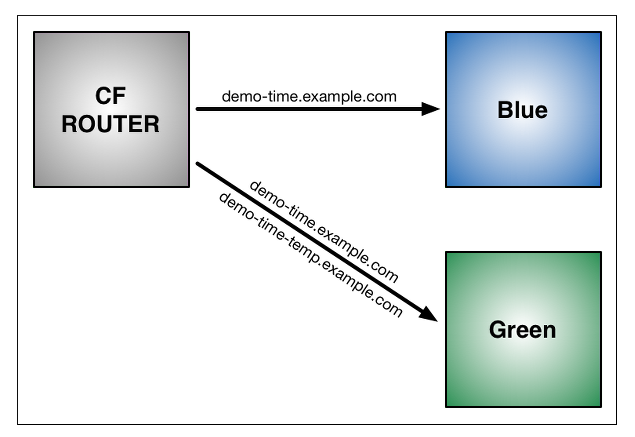
As IT professional’s architects it is said that we belong to more left brain types meaning involved in logical, data focused, critical thinkers and as we progress we are supposed to develop our right brain as well. As IT professional’s architects it is said that we belong to more left brain types meaning involved in logical, data focused, critical thinkers and as we progress we are supposed to develop our right brain as well.
Creational side versus (right ) the Operational side (left )
In the initial stages of your career we are mostly left brained but as we progress up we are supposed to use both the sides of the brain well as jobs that need us to look at the holistic big picture expects us to be both right and left brain oriented. As technologists we tend to become caught up with data, numbers, facts and figures and not perhaps creativity, intuition, feeling and over all visualization capabilities. As architects and IT professionals’ people come in various shades of these polarizations. No one is either totally left or totally right brained for that matter. There are always shades of grey when we talk about the gray matter. As IT professionals we need both of them in good measure when we need to don different kinds of roles. When we are deep down with the nuts and bolts architecture we need to exercise the left brain where there is a lot of data and analytical reasoning and logical analysis needed to arrive at solutions. But when we need to go visualizing how the whole solution fits into an enterprise standpoint or from a business standpoint in the ecosystem then the right brain which is good at leadings us into imagination can helps us with those kinds of situations. As it is said as an architect it is good to fail on paper than on practice. So the more you can fail on a blueprint or a prototype you would have saved yourself from failing in actual where the time money and dollars cost is higher.
As senior IT professional we often times need to shift across these patterns where we need to be focused on the things that matter now (nitty gritty) versus the things that really matter in the long run (big picture). You definitely need to focus and defocus at the same time. This needs practice, practice and following up on your skills.
Need a Mix and Match of skills: Need to look at the market fit, big picture, vision, mission and product viability versus need to look at whether we as a team have the skills to match the requirements are we aligned in the right direction are we able to sift through a lot of data and look and find patterns that are hidden in them. Which runtime to pick against the other, which middleware to choose from the other and which ones are cost effective and also future proof at the same time. Complex processing decisions that the brain needs to factor which needs that you need to up your game to be able to see things from that perspective.
Some quick hacks that people have used to shape your two sides of the brain.
1. Talking to random people outside your sphere or area or interest.
2. Meditate ( Clicked but very effective )
3. Try writing with both hands ( looks childish but many vouch for this )
4. Spend time with all age groups more so with people outside of your age group.
5. Listen to music, art, walks alongside nature and pieces of history.
6. Have quite of few of my friends pursuing different areas of interest completely orthogonal to their existing vocation such as makeup artist , drummer on the side , food truck business , rose cultivator etc etc.
7. Go find your bliss to be more effective.




